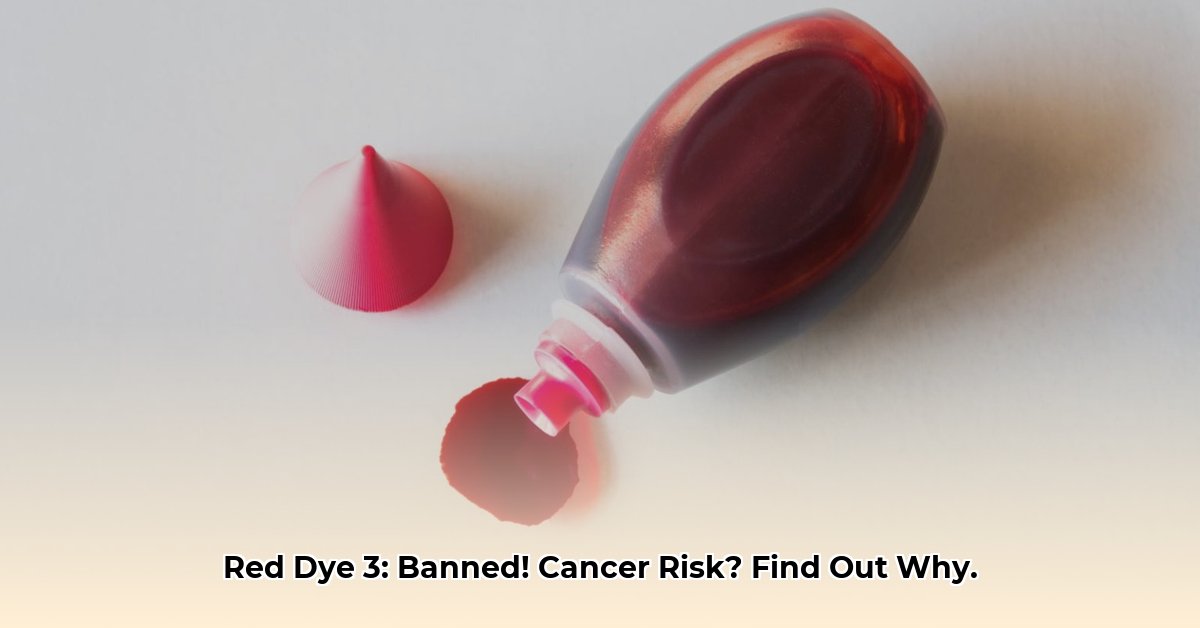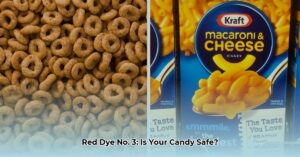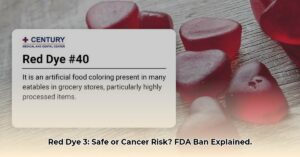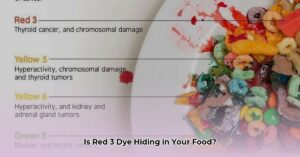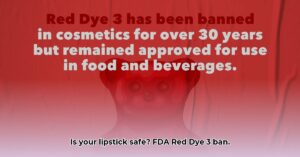Your favorite cherry-red candy might look a little different soon. That’s because the FDA recently banned Red Dye 3, a common food coloring, citing cancer concerns. Beginning January 15, 2027, Red Dye 3 will be phased out of food, followed by ingested drugs on January 18, 2028. This article delves into the science behind the ban, explores its implications for the food industry, and answers your burning questions.
Decoding the Red Dye 3 Ban
The FDA’s decision, while seemingly abrupt, is rooted in decades of research and regulatory scrutiny. The key player in this story is the Delaney Clause, a 1958 amendment to the Federal Food, Drug, and Cosmetic Act. This clause mandates a zero-tolerance policy for any food additive shown to cause cancer in humans or animals, regardless of the dose or how the cancer develops. Studies indicated that high doses of Red Dye 3 caused thyroid tumors in male rats, triggering the Delaney Clause.
However, the FDA acknowledges that the mechanism by which these tumors develop in rats likely doesn’t apply to humans. We consume Red Dye 3 in significantly lower amounts than the rats in those studies. This raises a crucial question: does Red Dye 3 pose a substantial cancer risk to humans at typical consumption levels? The scientific community remains divided on this issue. Some studies suggest a potential link, while others downplay the risk, highlighting the complexities of extrapolating animal data to humans. Ongoing research continues to explore this question, recognizing the limitations of our current understanding.
A History of Scrutiny: Red Dye 3’s Regulatory Timeline
The Red Dye 3 story goes back decades. In 1990, it was banned from cosmetics and externally applied medications due to similar cancer concerns. This raises the question: why was it still permitted in food? Consumer advocacy groups, like the Center for Science in the Public Interest (CSPI) and the Environmental Working Group, have long called for a broader ban, citing potential health risks. Their advocacy, combined with the rat studies and the stringent Delaney Clause, ultimately led to the FDA’s recent decision.
| Timeline of Red Dye 3 Regulation |
|—|—|
| 1969 | FDA approves Red Dye 3 for use in food |
| 1990 | Banned in cosmetics and topical drugs |
| 2023 | California bans Red Dye 3 in food |
| 2025 | FDA announces ban in food and ingested drugs |
| Jan 15, 2027 | Deadline for removal from food |
| Jan 18, 2028 | Deadline for removal from ingested drugs |
Impacts and Alternatives: A Shifting Food Landscape
The ban will undoubtedly impact the food industry. Manufacturers now face the challenge of reformulating products that rely on Red Dye 3 for their signature cherry-red hue. This could lead to some changes in the appearance and potentially the price of certain foods.
Fortunately, natural alternatives exist. Beet juice, carmine (derived from insects), and pigments from sources like sweet potatoes and radishes offer vibrant red hues. While these natural colorings may not perfectly replicate the shade of Red Dye 3, they provide a safer and potentially more sustainable option. Ongoing research explores new natural colorants and improves existing ones, aiming for better color stability and wider applicability.
Frequently Asked Questions
Is Red Dye 3 still in my food?
Products manufactured before the effective dates (January 15, 2027, for food and January 18, 2028, for ingested drugs) may still contain Red Dye 3. Check product labels for “FD&C Red No. 3” or “erythrosine.”
What are the safer alternatives?
Natural alternatives like beet juice, carmine, and pigments from sweet potatoes and radishes offer vibrant red colors.
Why was Red Dye 3 banned if the human risk is uncertain?
The Delaney Clause mandates a ban on any additive shown to cause cancer in animal studies, regardless of the human risk assessment.
Looking Ahead: The Future of Food Dye Regulation
The Red Dye 3 ban raises important questions about the future of food additive regulation. The Delaney Clause, while designed to protect consumers, has been criticized for its rigidity. Some experts argue that a more nuanced approach, considering both the level of risk and the mechanism of action, is needed. The ongoing debate underscores the complex interplay between scientific evidence, regulatory policy, and consumer preferences. As our understanding of food safety evolves, so too must our regulations, ensuring a balance between precaution and practicality. The Red Dye 3 case serves as a catalyst for this crucial conversation.

